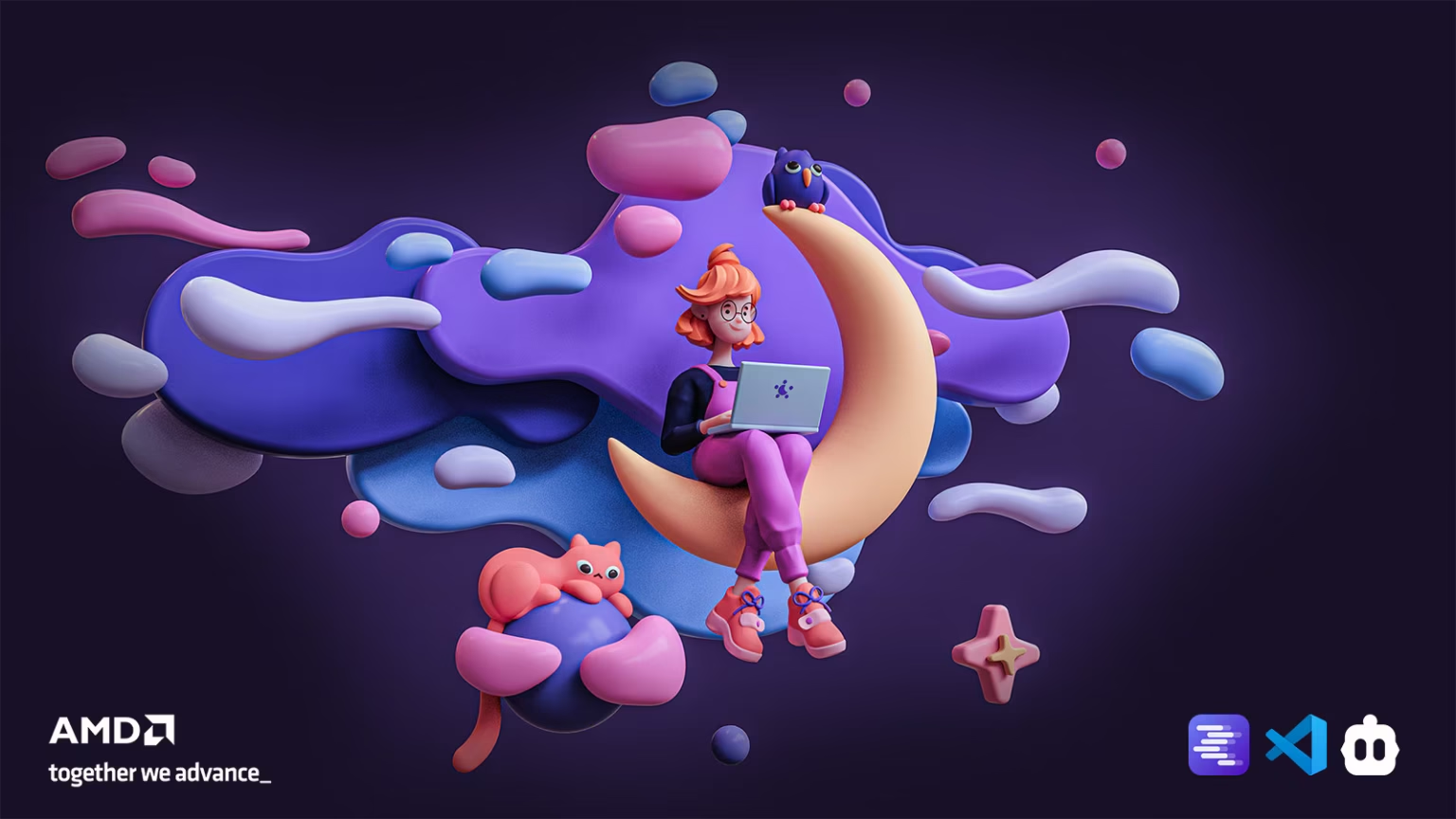Artificial intelligence is changing how code gets written, and the IT world is starting to take notice. A new approach, informally known as “vibe coding,” has begun to redefine programming as a process of describing intent while an AI model handles the translation into working code. It’s an extension of pair programming, except the partner is a large language model, and the result is a workflow where both seasoned developers and non-specialists can build software more quickly.
Until recently, most advanced coding models were hosted in the cloud. That approach raised familiar concerns for IT teams—sensitive data leaving the enterprise, unpredictable service costs, and reliance on external infrastructure. The emergence of local AI coding changes that equation. Developers can now run models on their own hardware, retaining control over their code and data while eliminating recurring cloud fees.
Several tools have accelerated this shift. LM Studio, for instance, allows users to run large models locally, while Cline integrates those models directly into Microsoft Visual Studio Code, one of the most widely used IDEs in enterprise environments. With these tools, developers can automate repetitive coding tasks, generate prototypes faster, and even allow non-developers to script solutions through natural language instructions.
Hardware capabilities are the other piece of the puzzle. AMD has leaned into this space with its Ryzen AI processors and Radeon graphics cards, positioning them as platforms that can handle models with tens of billions of parameters on a standard Windows machine. For example, systems running the AMD Ryzen AI Max+ 395 have the headroom to process models like GLM 4.5 Air, which would have been unthinkable to run locally just a year ago. For IT departments weighing performance, data security, and cost, the ability to execute coding workloads on in-house machines presents a compelling option.
Of course, new possibilities bring new responsibilities. Local AI coding raises questions about governance, code reliability, and workforce strategy. IT leaders will need to determine where AI fits within development pipelines, how to validate machine-generated output, and what role human developers should play when AI takes on more of the grunt work. At the same time, the prospect of scaling coding capacity without scaling headcount is bound to attract enterprise interest.
The trend toward local AI execution is only just beginning. As models like Qwen3-Coder and GLM continue to improve, and as hardware from vendors like AMD delivers more AI acceleration in thinner, lighter systems, the threshold for running these tools will drop. That could mean wider adoption across enterprise IT, with coding becoming less of a specialized function and more of a shared capability accessible to teams across departments.
Vibe coding represents more than a new tool—it marks a shift in IT culture. As coding assistants grow more sophisticated, the role of IT professionals may evolve from writing every line of code to guiding AI systems, validating outputs, and ensuring integration with enterprise standards. For organizations already experimenting with LM Studio, Cline, and AMD-powered setups, the future is arriving quickly, and it is reshaping not only how code is written but who gets to write it.







